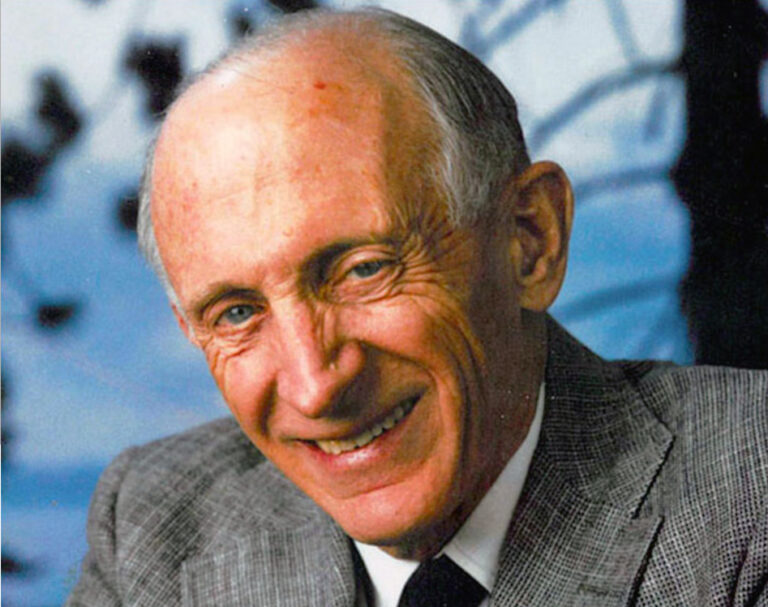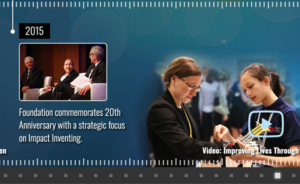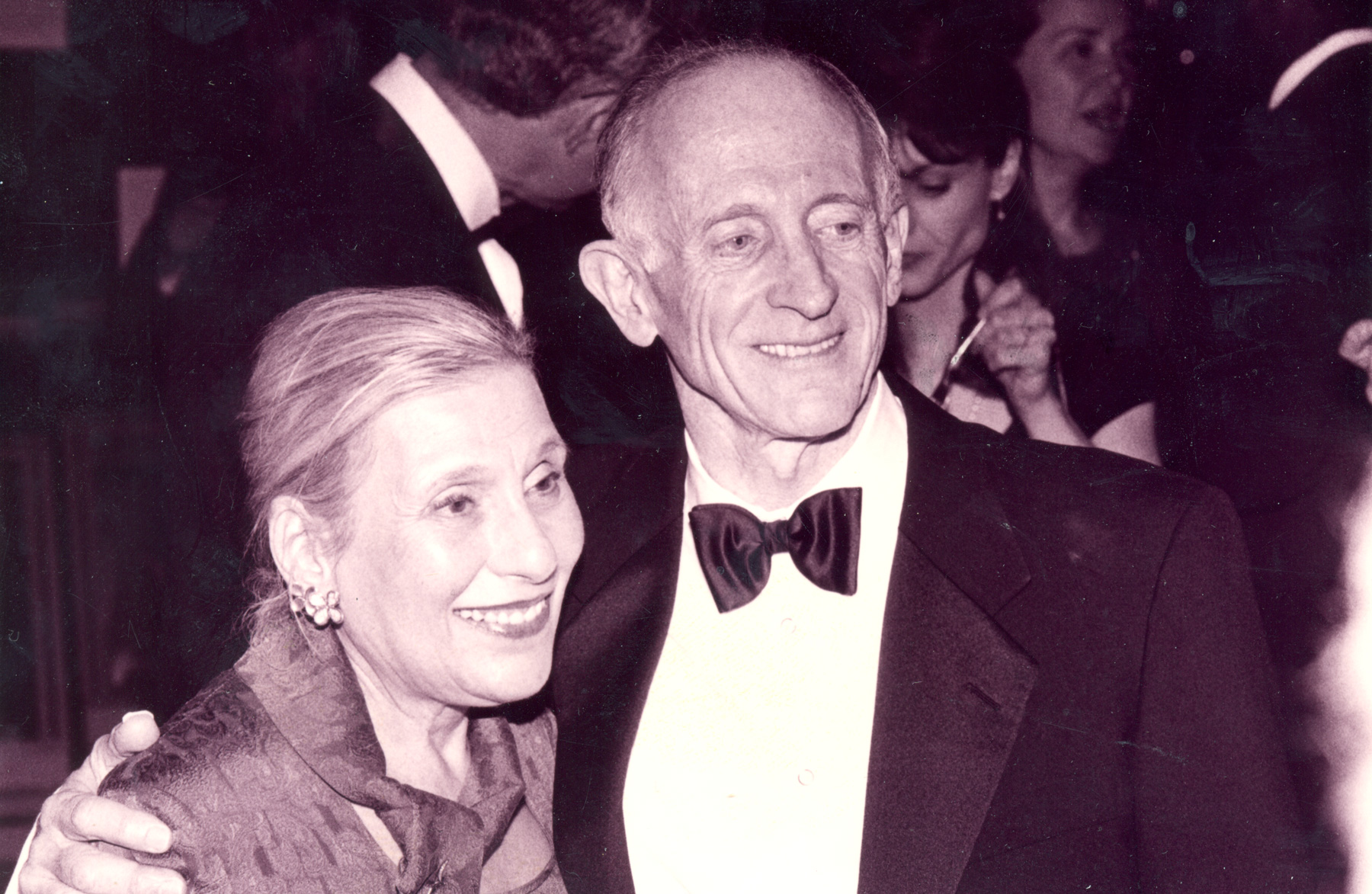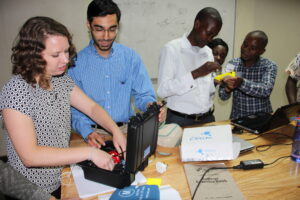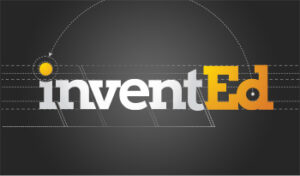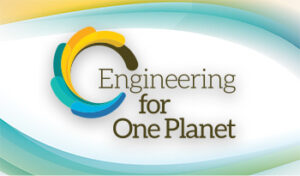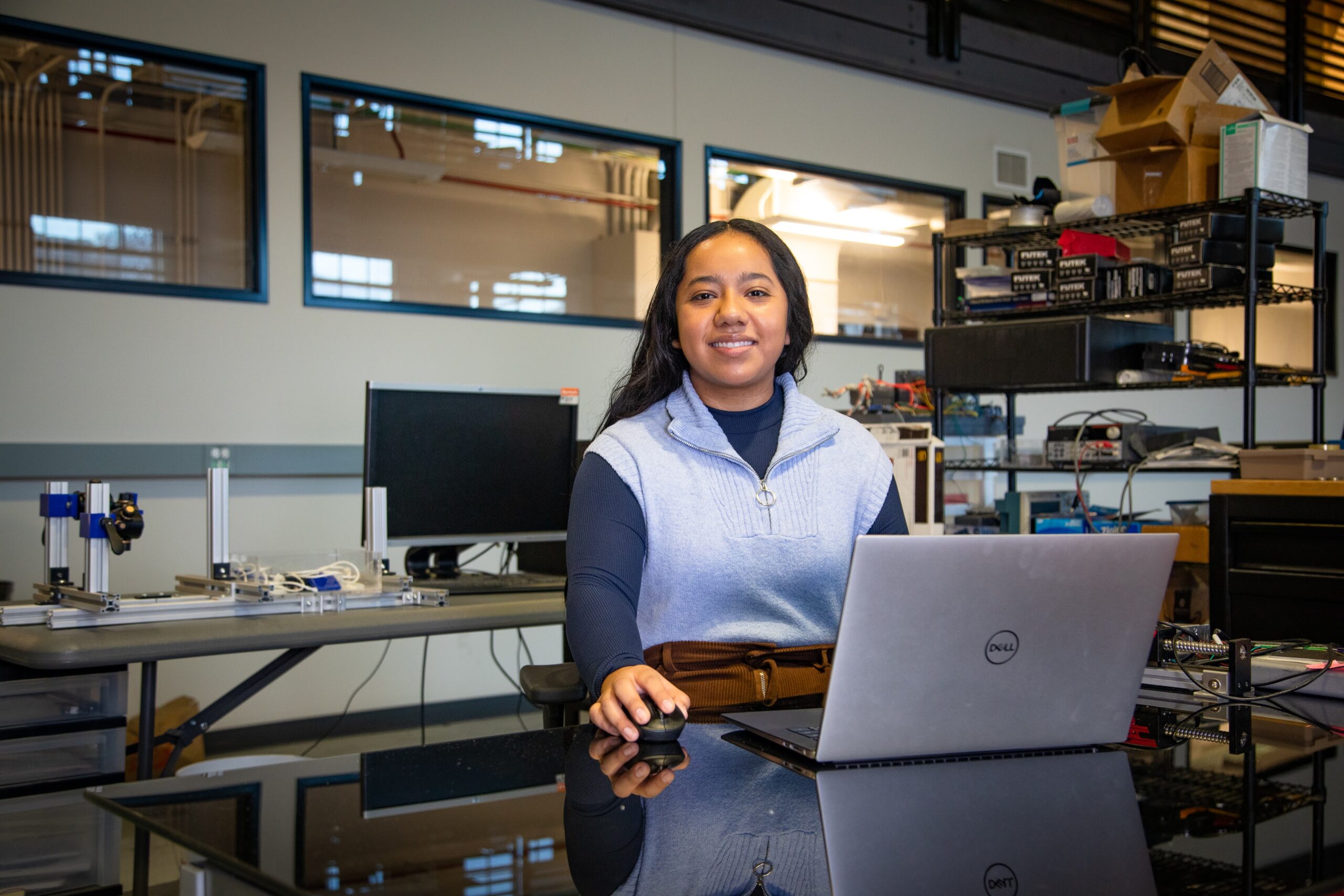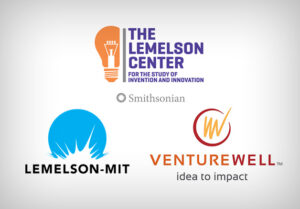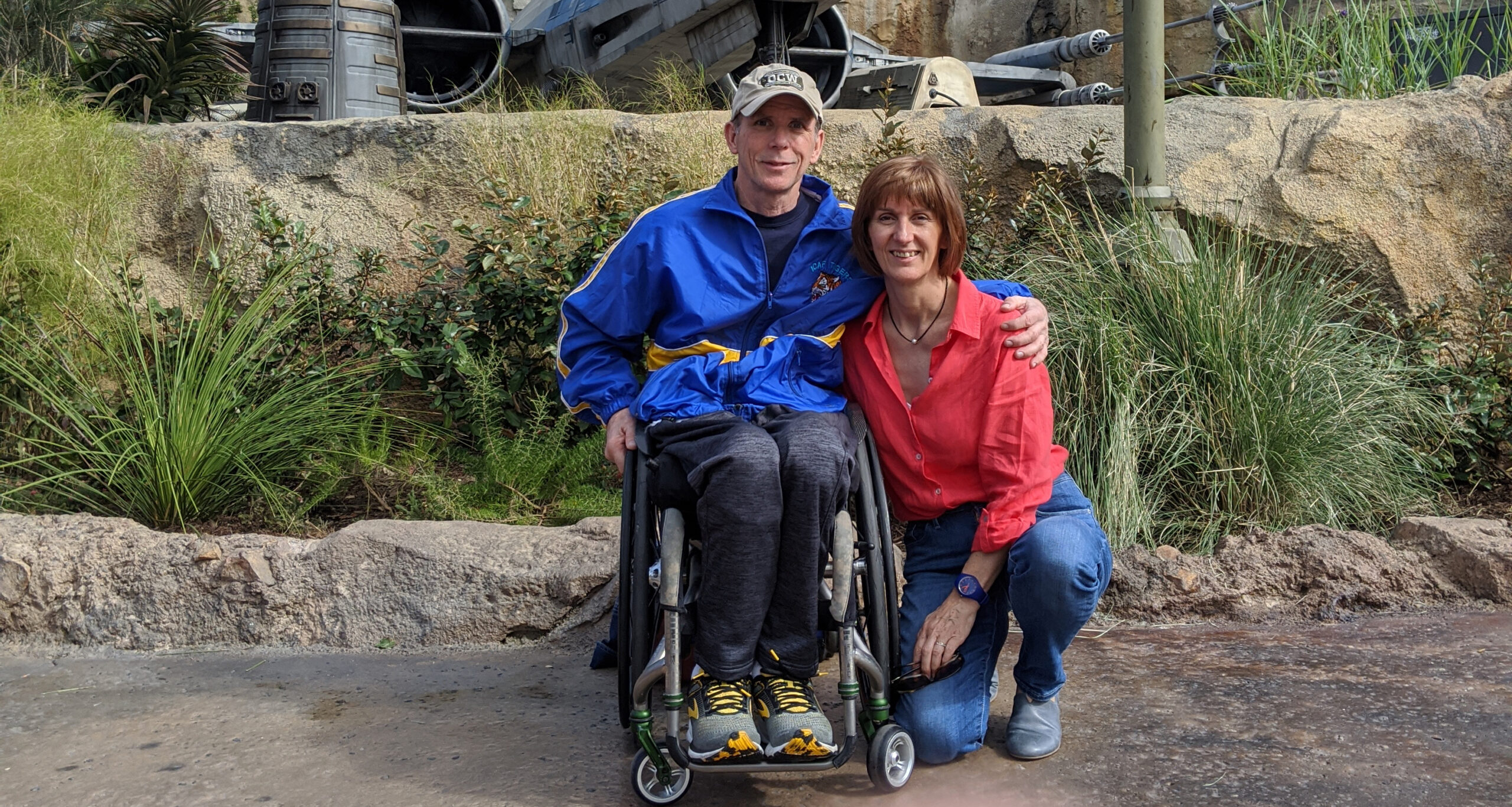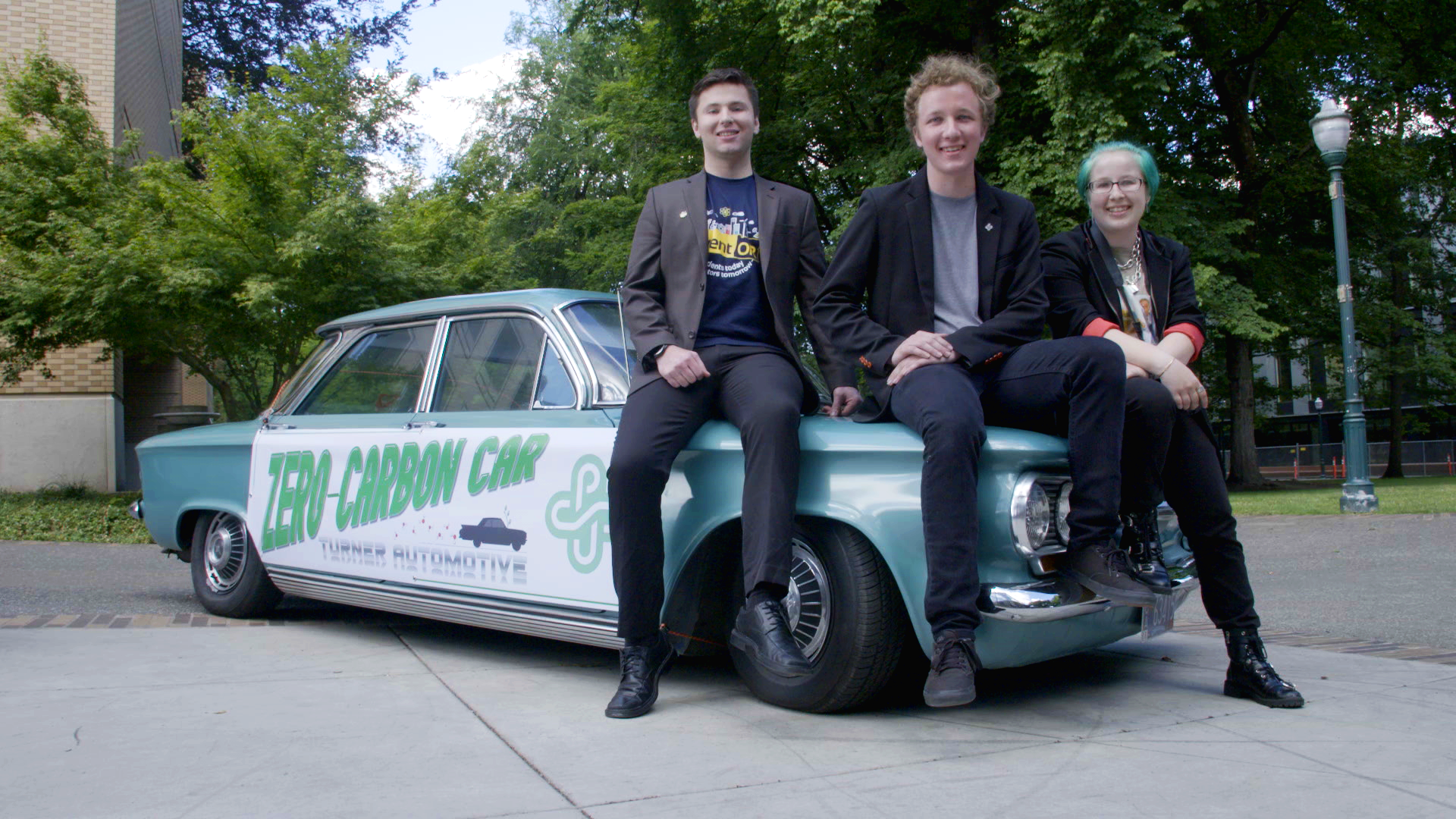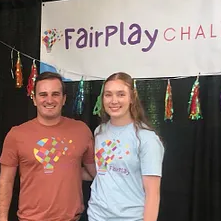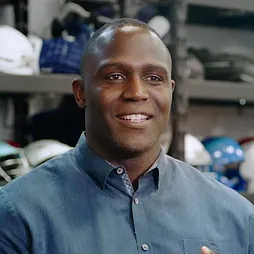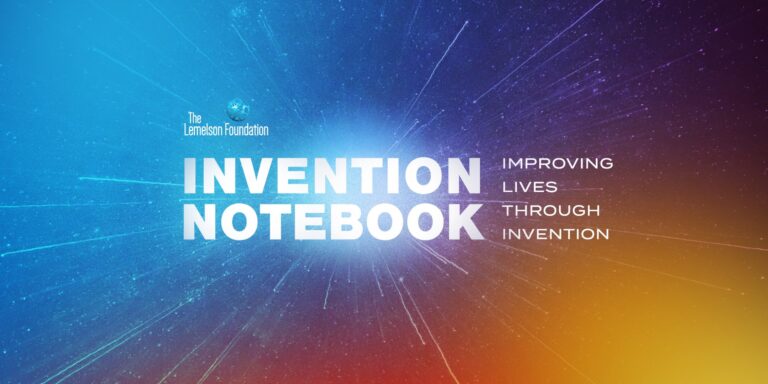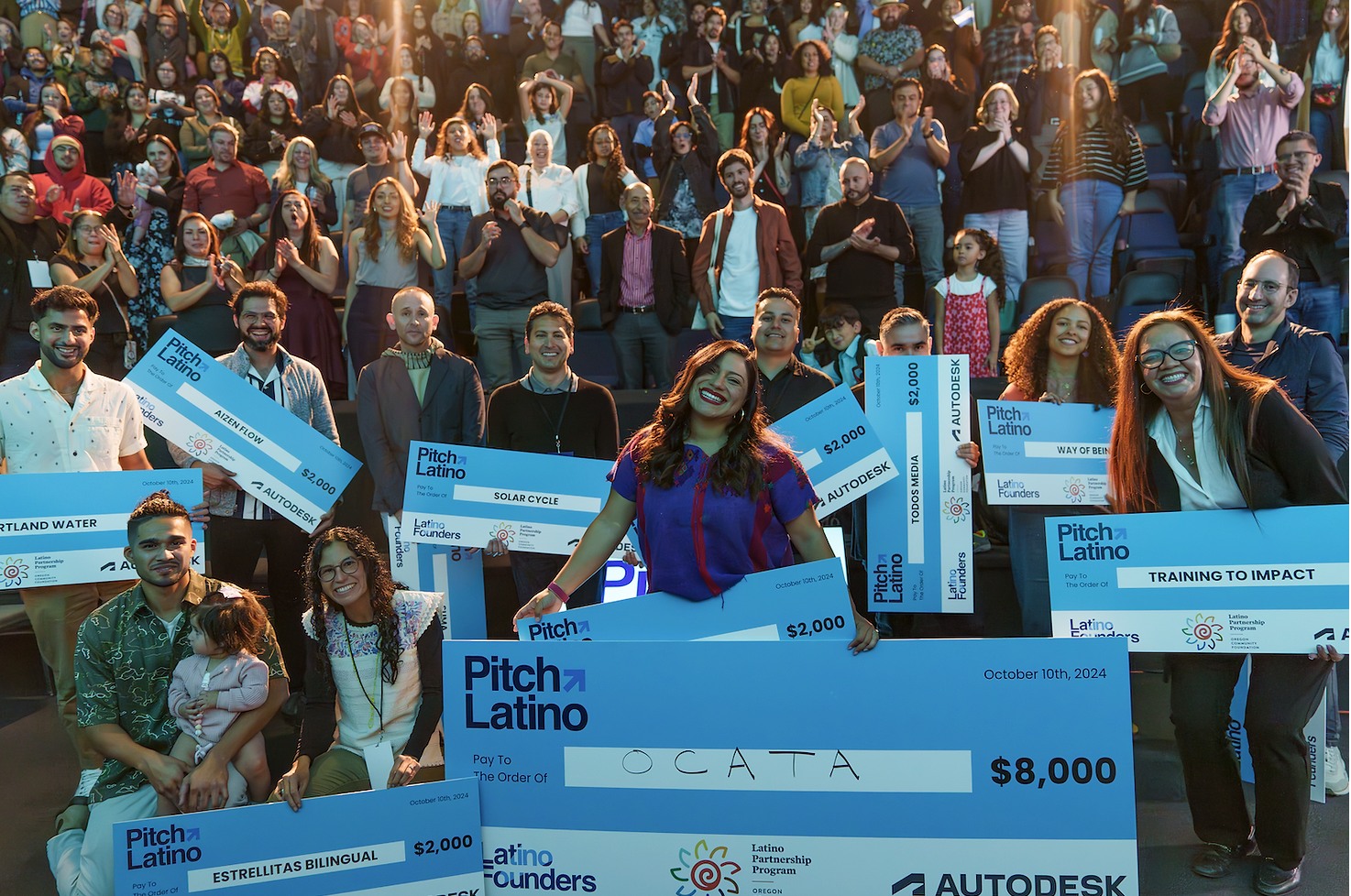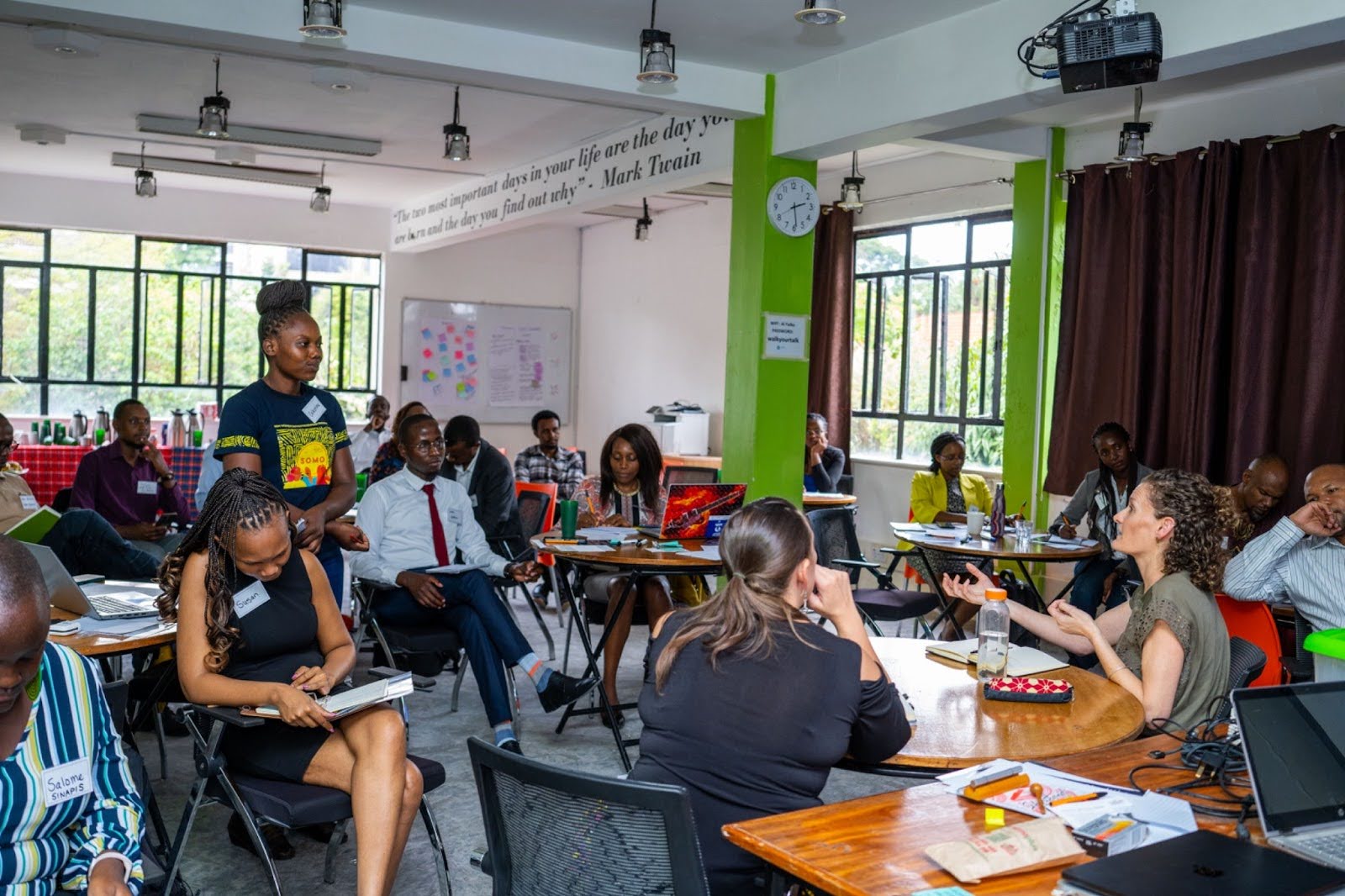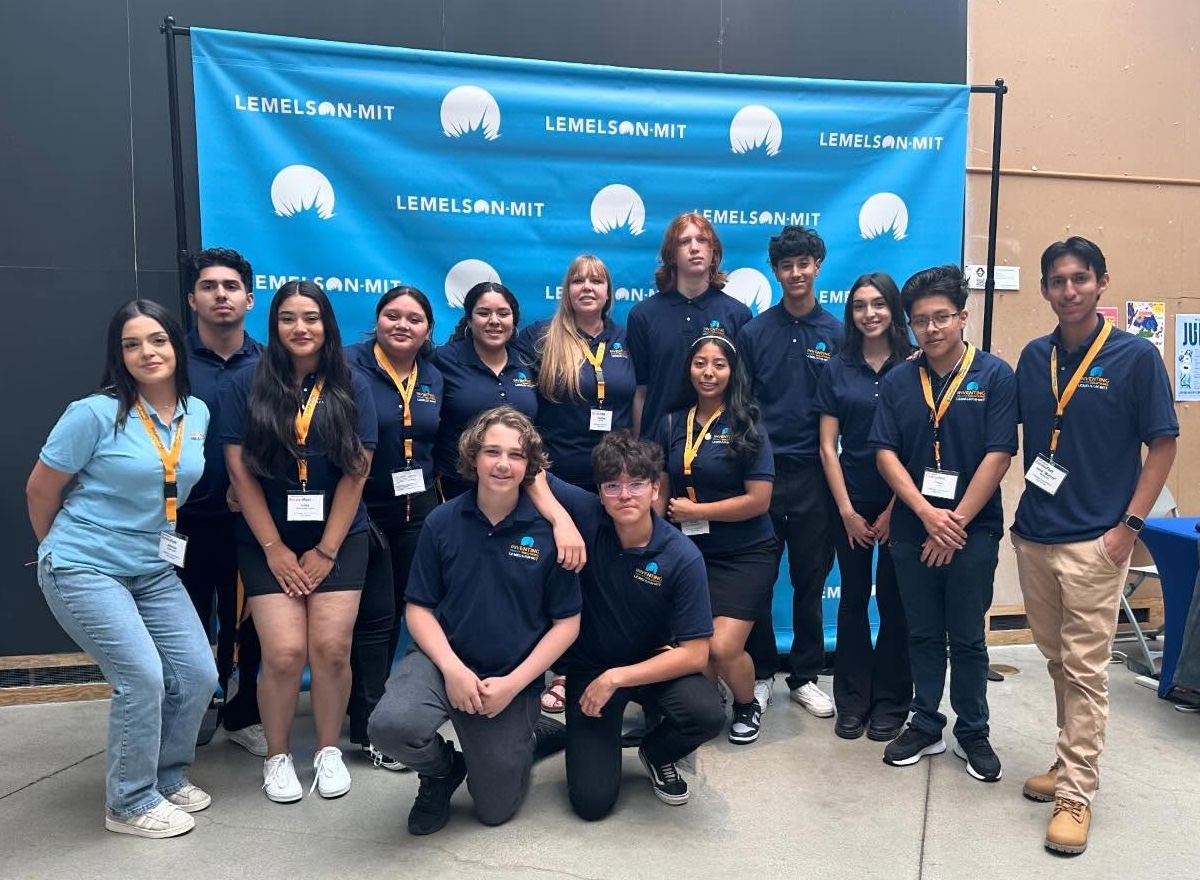The Power of Invention Education: A STEM Policy Expert Shares Her Perspective
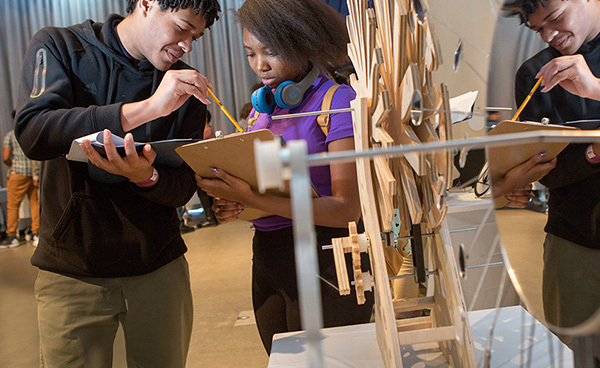
Engaging. Motivational. Confidence-building. These are just some of the words advocates use to describe the benefits of Invention Education. A powerful method of instruction, Invention Education gives teachers a hands-on format for challenging their students in a way that not only builds problem-solving, creativity, and critical thinking skills but is also incredibly rewarding.
Behind the scenes, Invention Education policymakers are working to expand its reach, bringing funding and updated curricula to schools. One such advocate is Patti Curtis, a longtime STEM education policy expert with experience at both the state and federal level. She is currently the Robert Noyce/Ellen Lettvin STEM Informal Education Fellow at the U.S. Department of Education, serving in the Office of Elementary and Secondary Education with the 21st Century Learning Center Program.
The InventEd Network spoke with Curtis about the importance of expanding the Invention Education framework in more K-12 classrooms nationwide.
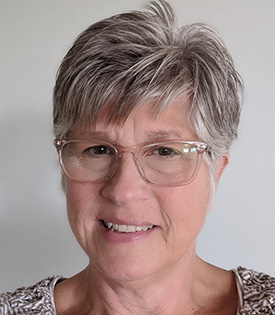
“It’s inspiring for students to engage in student-centered initiatives — something that they want to pursue. It’s motivational.”
How were you introduced to Invention Education?
Prior to working in the U.S. Department of Education, I was Government Relations Representative for the Museum of Science in Boston. They had a curricula development initiative around engineering education that integrated innovation and entrepreneurship.
Kids were given finite resources to solve a problem, and needed to determine how to best use those skills, time, funding, and materials. We called it the “engineering design process.” It allowed kids to be creative, think outside of the box, and come up with unique solutions.
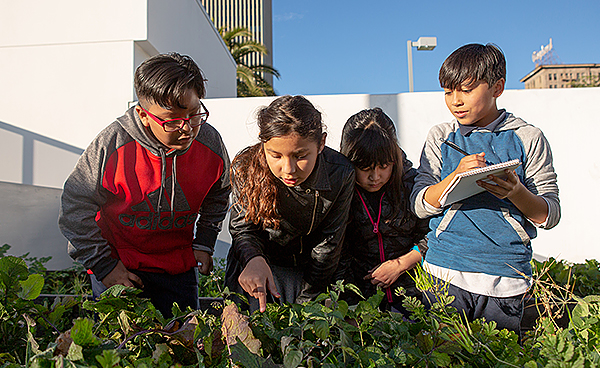
How does your current role intersect with Invention Education?
I sit on the Federal Coordination in STEM Education Interagency Working Group on Convergence, which consists of various federal agencies and has been working on a framework for what Invention Education would include. You can see this reflected in the Federal STEM Strategic Plan, even though we lean more into the term Convergence Education than Invention Education specifically.
One of the co-chairs of this working group is an Education Program Advisor at the United States Patent and Trademark Office (USPTO). In this role, he focuses on K-12 professional development at the intersections of intellectual property, STEM, innovation, and entrepreneurship — so he is very keenly aware of Invention Education.
What exactly is Convergence Education?
I would say that Convergence Education is “the nirvana of integrated STEM education,” and is very multidisciplinary and transdisciplinary. Convergence as a term or approach is used in the National Science Foundation (NSF) research space, where multiple topics come together. For example, we don’t just do bioengineering or mechanical engineering. Sometimes it’s bio-mechanical engineering.
In trying to translate this for the K-12 space and understand what it looks like, we’ve focused on engineering design challenges that are place-based and socially and culturally relevant. Both innovation and entrepreneurship are a big part of the Convergence Education conversation.
What do you think are the most compelling aspects of Invention Education for K-12 education?
It’s inspiring for students to engage in student-centered initiatives — something that they want to pursue. It’s motivational. Students are also inspired because they’ve created something from new cloth. That pride of ownership builds a lot of self-confidence.
At the same time, it can be a very practical experience in the entrepreneurial sense. Students have to solve a problem, come up with the solution, do the marketing, and try to sell it.
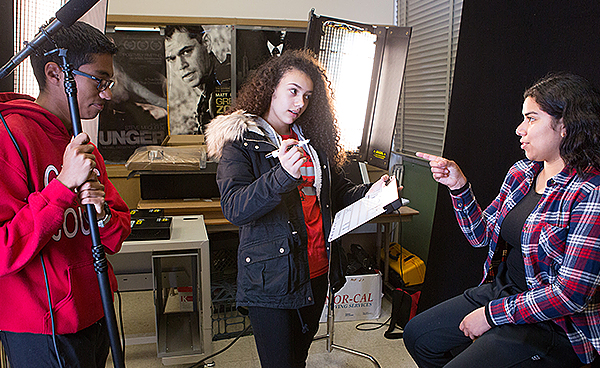
What are some of the biggest challenges for advocates of Invention Education?
It’s tough any time we try to introduce a new topic in education. Government writ large wants the U.S. to remain competitive, for the workforce to be creative, for the U.S. to have more patents than anybody else.
Policymakers are aware of this, but also sensitive to teachers saying, “Stop, we can’t do any more.” So we really need to look at Invention Education, Engineering or Convergence Education as a method of instruction — how to allow students to solve problems. This way you won’t get the question, “Where are we going to fit this in our curriculum because we just don’t have time?” If it’s positioned as an alternative method of instruction that can even be applied to any number of subjects — social studies, math, chemistry, even sports — that would be easier than saying we need a whole new class on Invention Education.
Another opportunity to overcome this challenge is in “Out of School Time” (OST), which allows more flexibility than the formal school day. It’s where kids can really be creative and not have the pressure of the next high-stakes, multiple-choice test in order to use all the skills that can be applied.
How would you like to see Invention Education show up in the K-12 education space?
Teacher professional development. Get teachers to think about how to apply this method of instruction by getting them to think about problem solving, designing under constraint, localized problems that impact students emotionally or physically. It can start with elementary teachers.
I’d also like to see curricula and packaged activities for OST, especially for educators who are not curricula specialists. I also think the whole “shark tank” approach, where kids have to pitch with some nominal prize, has a lot of potential.
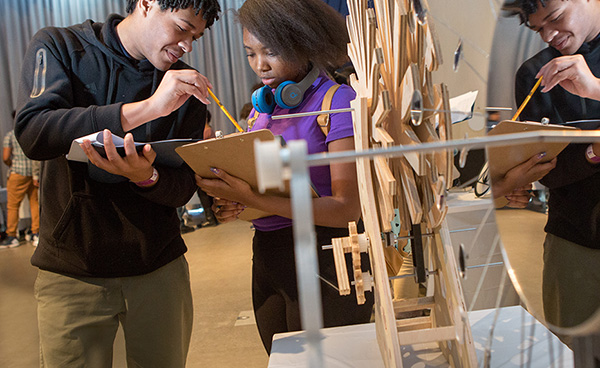
Who should advocates of Invention Education engage with on the state and local level to make their case?
If the state has a STEM Coordinator, advocates could start there, and also try the Career and Technical Education (CTE) folks or the OST team.
And don’t forget the school boards. They wield a lot of power over what goes on in the classroom. It’s also important to do show-and-tell for the principals. If teachers want to justify spending on an Invention Education kit, for example, they have to have the principal’s buy-in.
Exposure is critical. It’s important for decision makers to see Invention Education for themselves and see the sparks igniting.

